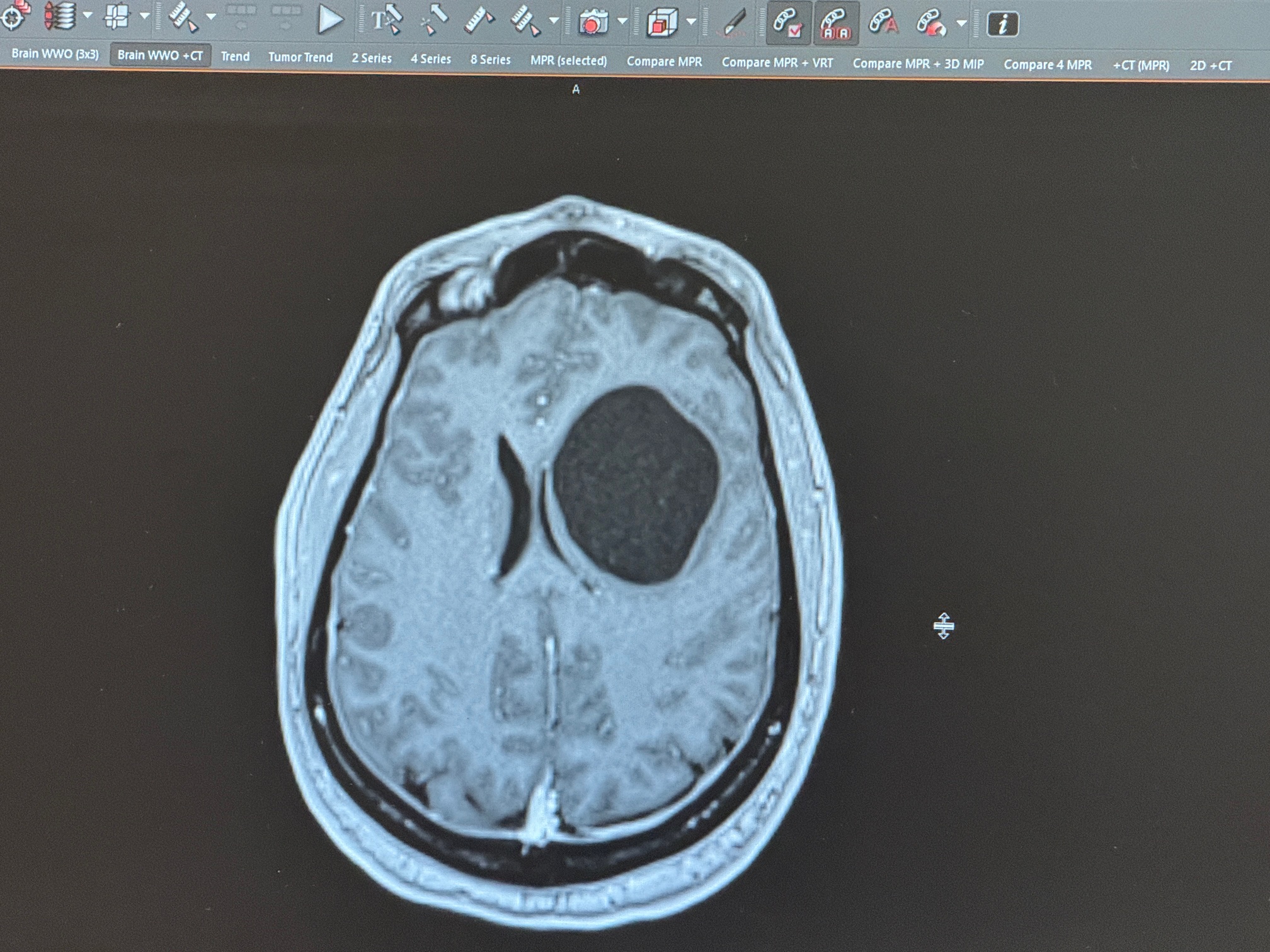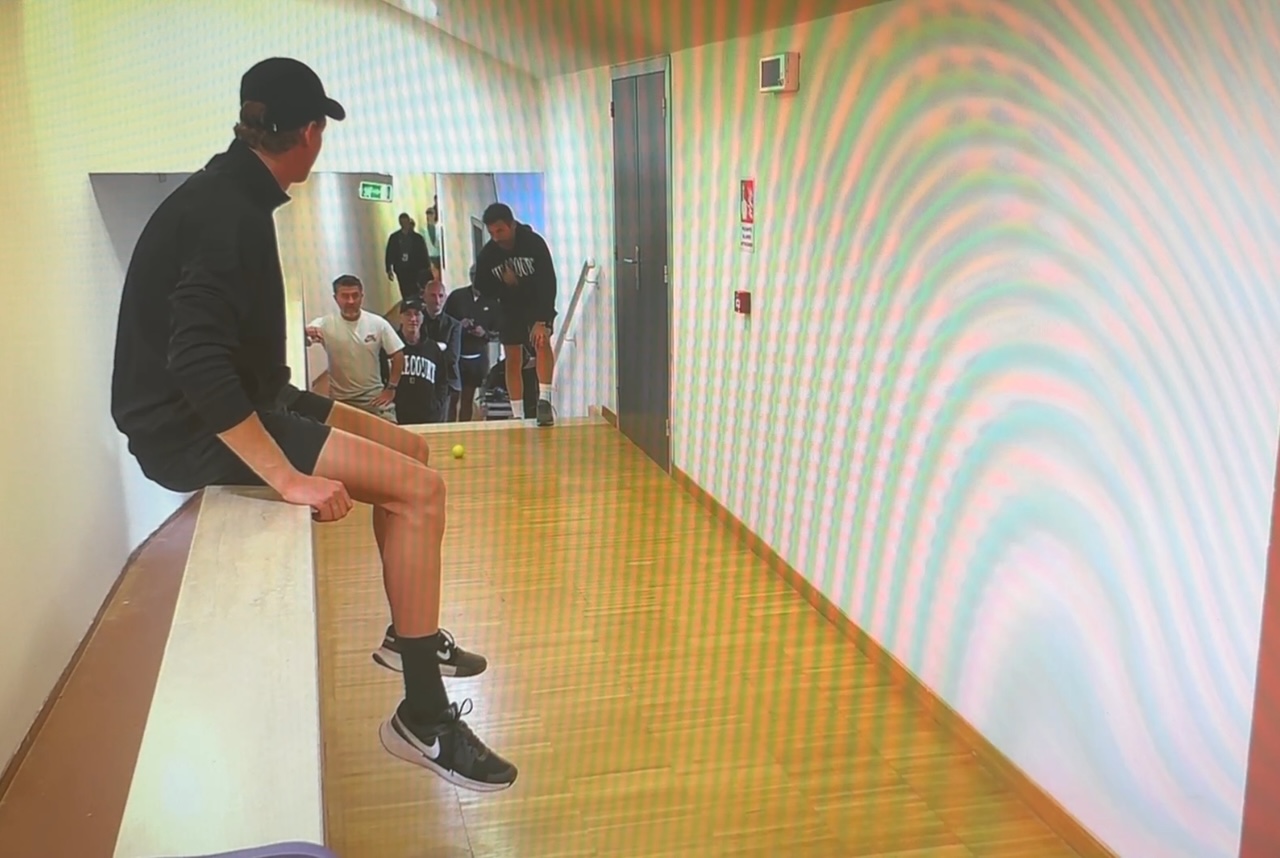One of the most profound ideas shared by Gretchen Rubin in her book The Happiness Project is how joy is inextricably linked to personal growth. True happiness is not a static state of contentment but rather a byproduct of continuous improvement. Building skills and knowledge and surmounting challenges create a profound sense of fulfillment beyond what mere comfort or complacency can provide. In other words, if you want to be happy, focus on personal growth and development, and the positive emotions will follow.
In addition to growth fueling happiness, happiness is also a catalyst for additional growth. Joy and satisfaction make us more receptive to new opportunities and engagement. A positive outlook fosters resilience, making it easier to navigate setbacks and failures without feeling defeated. This is why individuals who cultivate gratitude, optimism, and a sense of purpose are generally more adaptable and open to self-improvement. Happiness provides the emotional energy necessary to continue to develop.
A growth mindset fuels happiness in tennis by creating a cycle where enjoyment of the game and skill development positively reinforce each other. Players who embrace challenges as opportunities to improve rather than fearing failure experience greater satisfaction in their progress. When players focus on learning, they find joy in the process rather than tying their happiness solely to results. This positive outlook reduces stress, increases confidence, and enhances overall performance. When tennis players are happy, they are better equipped to push their limits, which fuels even more happiness.
On a larger scale, the connection between happiness and growth also applies to organizations. Teams with a culture of continuous learning foster greater innovation and collaboration, which is essential for high performance toward collective goals. This concept is especially relevant for tennis providers who play a crucial role in shaping the sport. Just as a coach will view a tennis player with an eye toward developing higher performance, organizations should embrace the improvement objectives toward the products and services they provide.
It may seem counterintuitive, but resistance to change and maintaining the status quo decreases happiness. Failing to adapt and grow inevitably ends with decline. Tennis players who do not have a growth mindset will eventually be surpassed by those able to focus on continuous improvement. Similarly, tennis providers who cling to rigid products, techniques, and business practices will similarly fall behind. What once worked effectively can quickly become obsolete as the world evolves around us. Growth is the very foundation of creating and sustaining success.
Growth is not just a pathway to better performance but a fundamental ingredient for lasting happiness. The pursuit of improvement, whether in tennis, personal development, or within an organization, is what keeps us engaged, motivated, and fulfilled. Rather than fearing change or resisting challenges, we should embrace them as opportunities to push our limits and discover new possibilities. Progress, no matter how small, generates momentum, and that momentum fuels both success and joy. The simple act of trying creates a sense of purpose that enhances both our performance and overall well-being.
So, how will you grow in the coming month? What technical or mental skill will you commit to refining on the tennis court? On a personal level, how will you challenge yourself to expand your mindset, habits, or relationships? If you are part of an organization, how will you contribute to its performance and improvement? Take a moment to set some intentions for growth. Not every step will be easy, but each will propel you forward. It won’t just make you better at what you do but also make you happier.
Fiend At Court participates in the Amazon associates program and receives a paid commission on any purchases made via the links in this article. Details on the disposition of proceeds are available on the “About Fiend at Court” page.
Throughout 2025, I am dedicating the first full weekend of every month to exploring how ideas from Gretchen Rubin’s The Happiness Project (<- Sponsored Link) can spark greater enjoyment and happiness in tennis. This is a non-tennis book that I have come to believe everyone should read. Seriously, you should get your hands on a copy of this book and consider trying some of the techniques described by the author.




